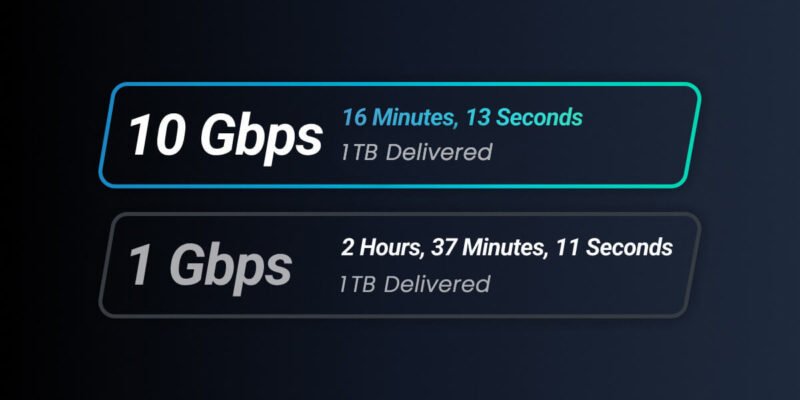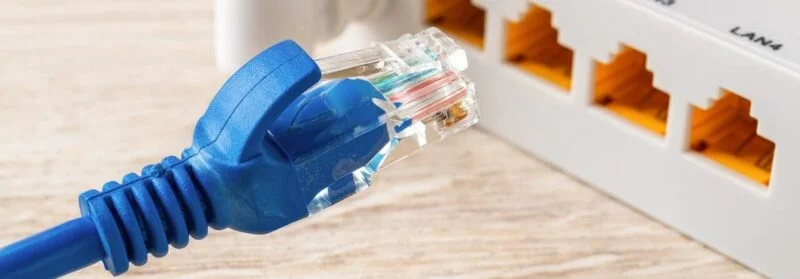How to Choose the Right Ethernet Cable for Your Home and Office Network
Choosing the right Ethernet cable is a crucial step in building a reliable, fast, and future-proof home network. With many cable types available, varying by speed, shielding, and usage environments, selecting the best option tailored to specific needs can be confusing. This guide helps clarify how to choose an Ethernet cable that fits homes and small businesses networking requirements, budget, and future demands.
Speed: 1Gbps vs 10Gbps

The first major factor is the network speed requirement. For most current home internet connections and internal network devices, 1 Gbps is often sufficient. Cat5e and Cat6 cables support this speed reliably. However, if streaming 4K/8K video, online gaming, or transferring large files between devices, you may want 10 Gbps capability. Cat6 supports 10 Gbps speeds up to 55 meters, while Cat6a supports 10 Gbps up to 100 meters, making it the better choice for future-proofing and performance.
Distance Limits
Cable performance degrades over distance. For example, Cat6 can handle 10Gbps but only up to about 55 meters, whereas Cat6a and Cat7 can maintain 10Gbps up to 100 meters. For longer runs, choosing cables designed for those distances or adding networking devices (like switches) may be necessary. For detailed range information, see the [ethernet distance limit cluster].
Shielding: Shielded vs Unshielded
Shielding protects cables from electromagnetic interference (EMI), which can cause slowed speeds and data loss. Shielded cables (STP or FTP) are recommended if cables run near electrical wiring, fluorescent lights, or other sources of EMI. Unshielded cables (UTP) are easier to install and flexible but less resistant to interference. For a thorough look, see our [STP vs UTP cluster].
Jacket Type: Indoor vs Outdoor
For in-home installations, standard Ethernet cables with a PVC jacket suffice. For outdoor or direct burial applications, cables with weather-resistant jackets like polyethylene (PE) or those rated for plenum spaces (required for air ducts) should be chosen. Specialized jackets protect against UV light, moisture, and physical damage. More details are available in the [outdoor cluster].
Home and small office Use Cases
- Streaming: For smooth 4K or 8K video streaming on multiple devices, Cat6 or Cat6a cables provide enough bandwidth and low latency to handle simultaneous streams without buffering.
- Gaming: Online gaming demands low latency and stable connections. Cat6 cables are a cost-effective option with support for gigabit speeds and excellent jitter performance, essential for competitive gaming.
- Work-from-Home: For video conferencing, large file transfers, and cloud access, gigabit speeds from Cat6 or better ensure reliable productivity without connection drops or lag.
Future-Proofing Your Network
While current home internet speeds rarely exceed 1 Gbps and 10 Gbps connections are still emerging, choosing higher-category cables today, like Cat6a, ensures your network can handle future upgrades without rewiring. Investing in cables that support higher frequencies and distances allows compatibility with upcoming devices, faster internet plans, and evolving home technology setups.
Budget vs Performance Trade-off
Choosing Ethernet cables always involves balancing cost and performance:
- Budget-friendly: Cat5e cables provide gigabit speeds sufficient for many homes and are widely available at low cost.
- Balanced: Cat6 offers improved performance with 10 Gbps at shorter distances and slightly better shielding for a modest price increase.
- Higher-end: Cat6a and above are thicker, less flexible, and more expensive but offer superior bandwidth, shielding, and longer-distance performance.
Evaluate your home layout, existing infrastructure, and future plans to decide where high-end cables justify investment.


